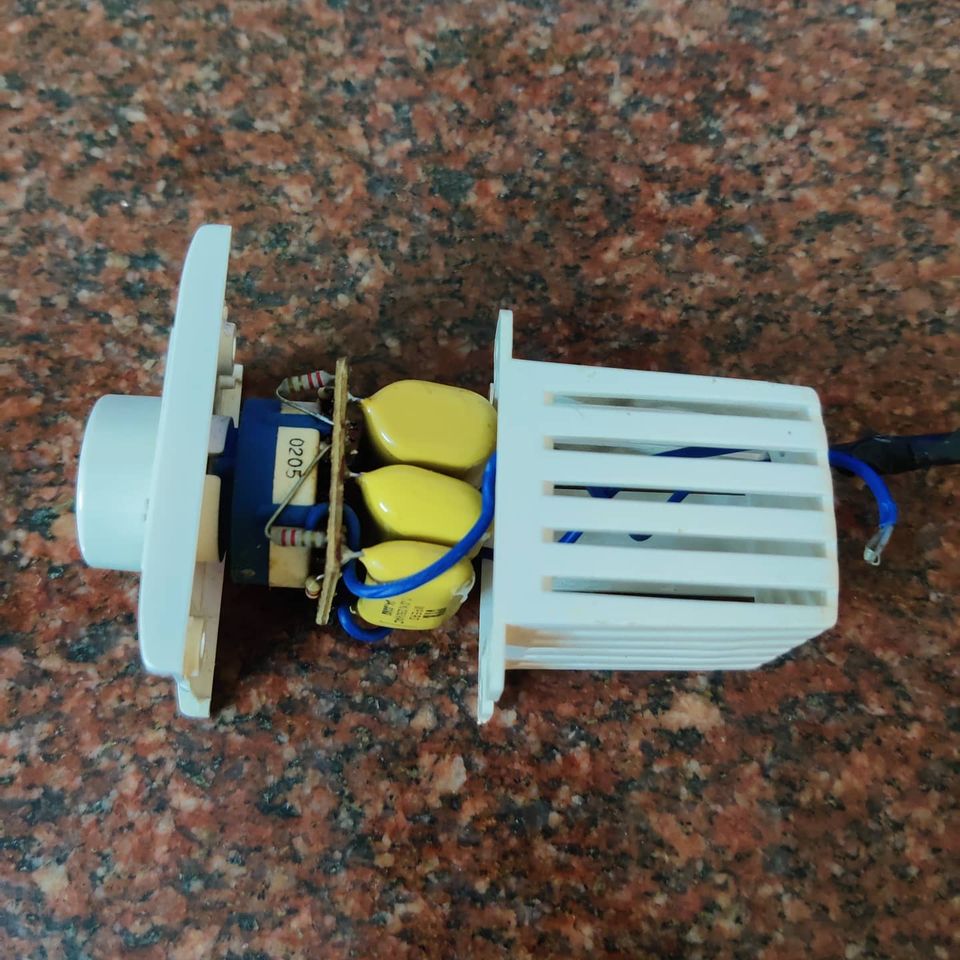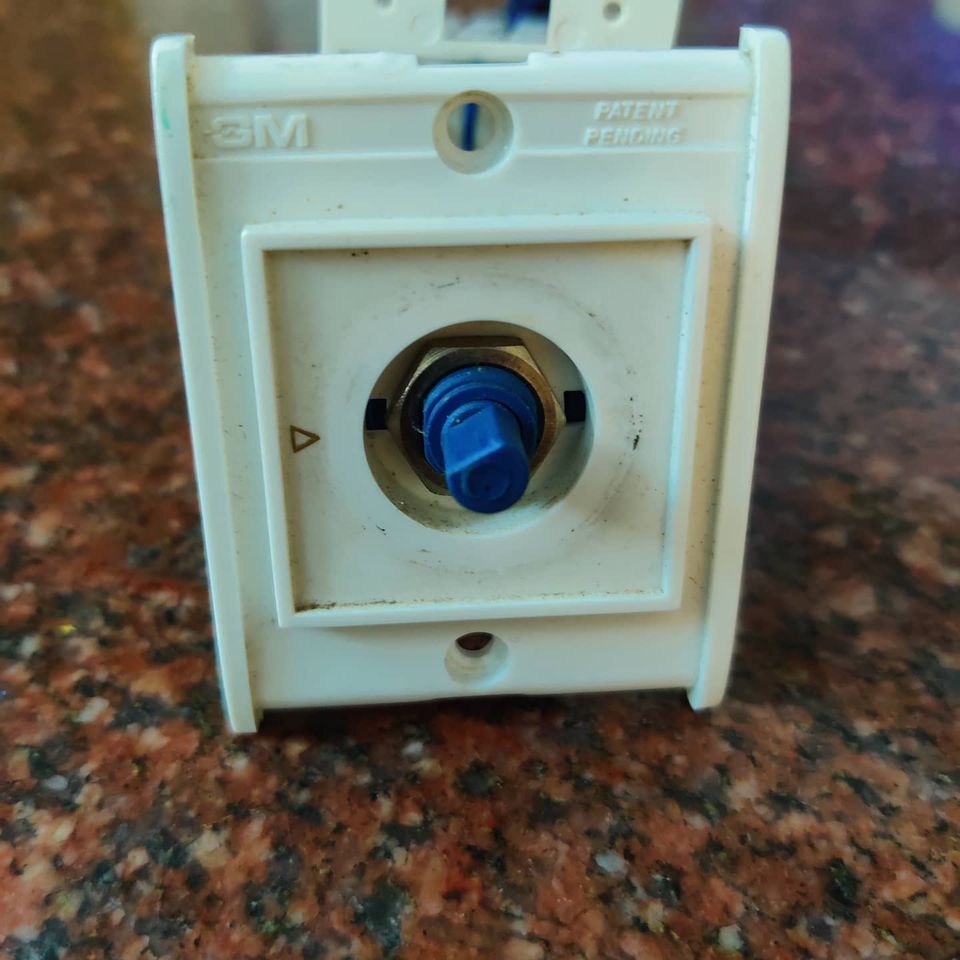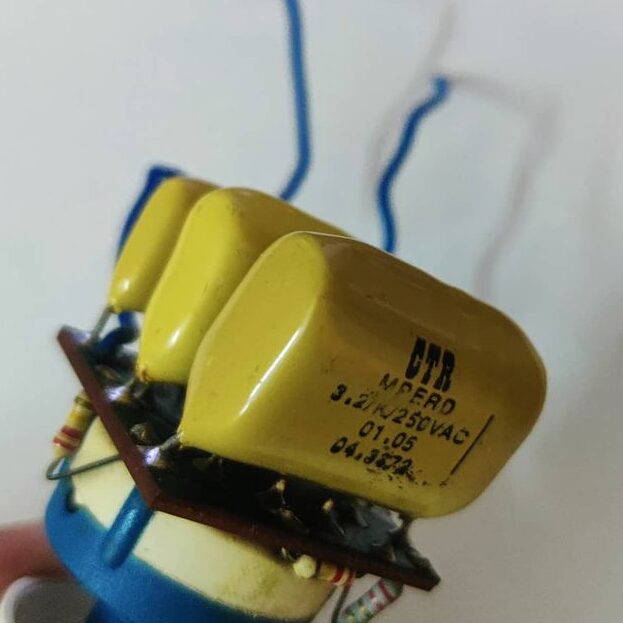
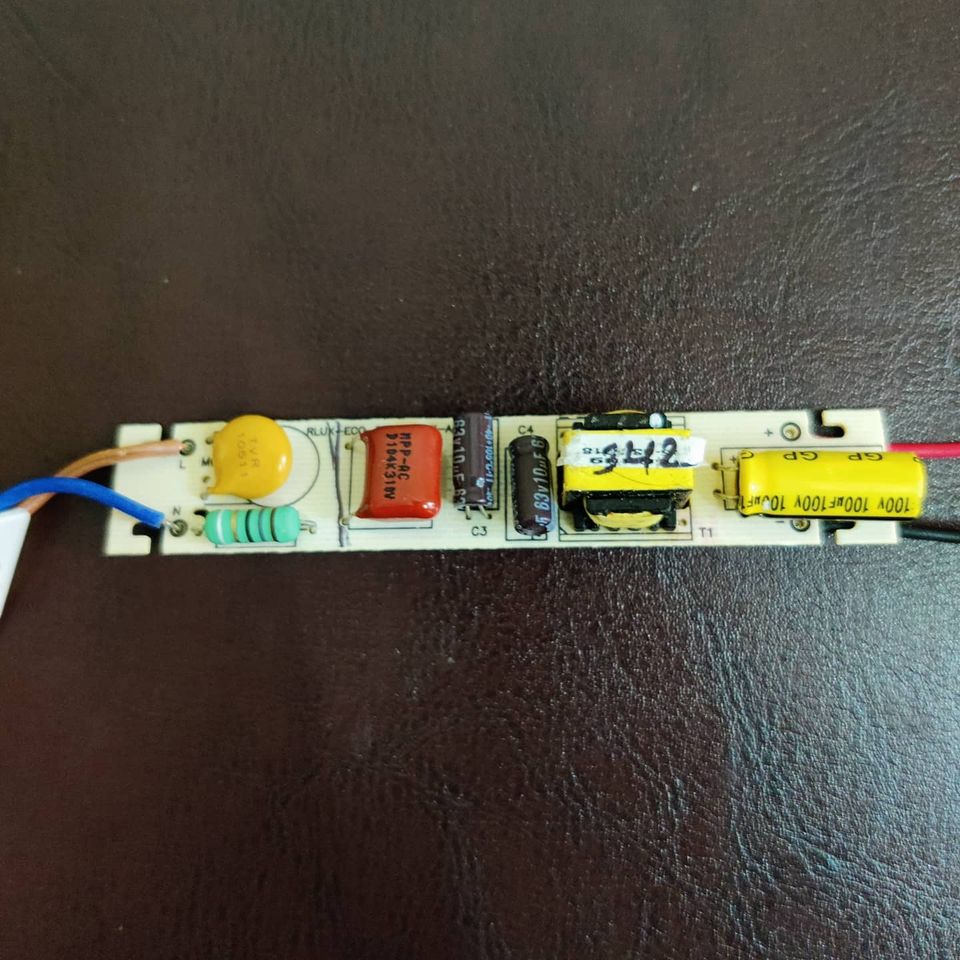

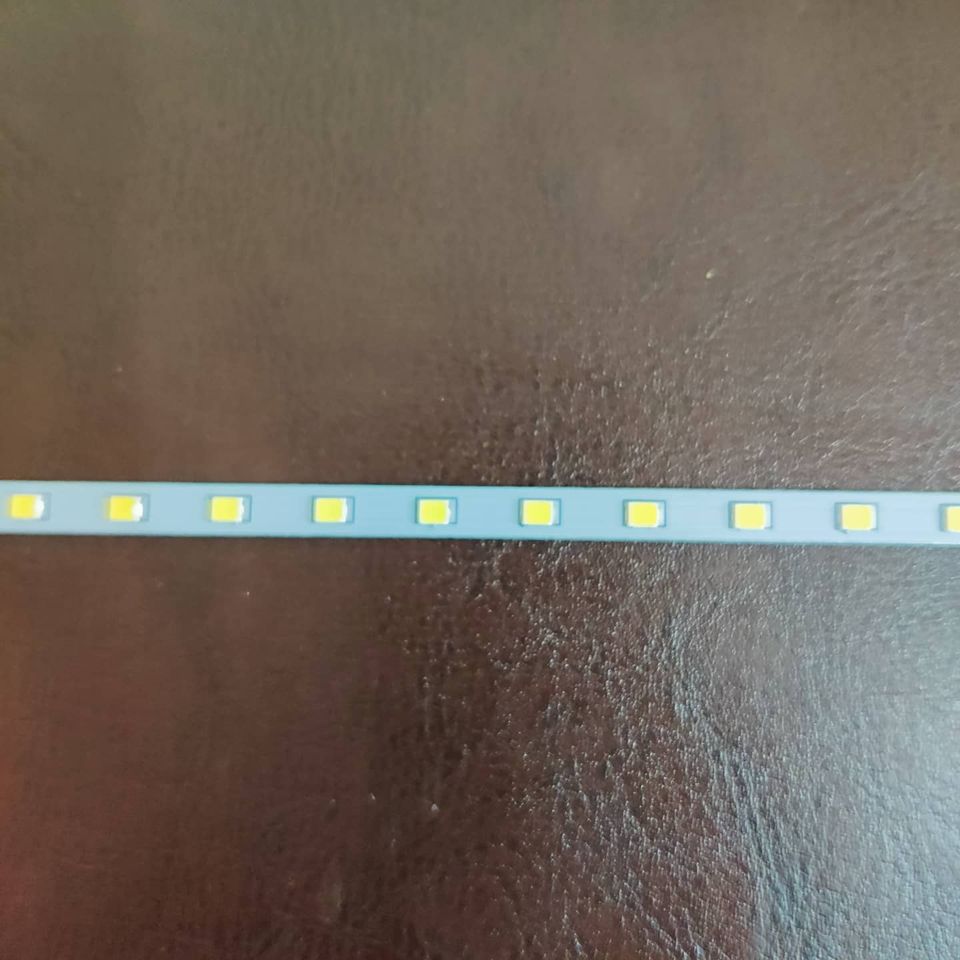
The circuit is mostly similar to those in LED bulbs. You have the input protection Metal Oxide Varistors (MOVs), Bridge rectifiers and a cheapo buck LED driver IC MT7844S. The LED strip consists of 100 LEDs (4 Parallel arms with 25 LEDs in series) with an open circuit voltage of around 75V. These LED strips are made on a metal-clad PCB which acts as a heatsink along with the metallic tube to dissipate the heat. The diffuser on top provides even illumination along its length.
These are pretty cheap to manufacture. Since circuitry inside is more or less the same as an LED bulb there will be huge reuse of BOM materials across products(Implying lesser costs). This is also one of the reasons why LED tube lights and LED bulbs(slightly lesser wattage) are sold more or less in the same price bracket.
